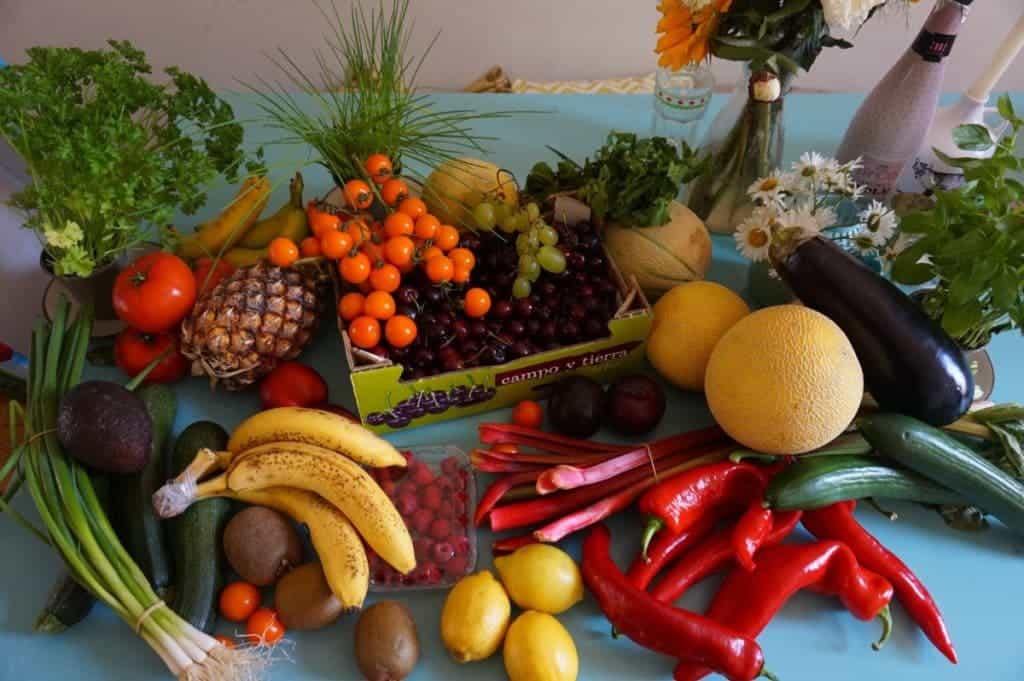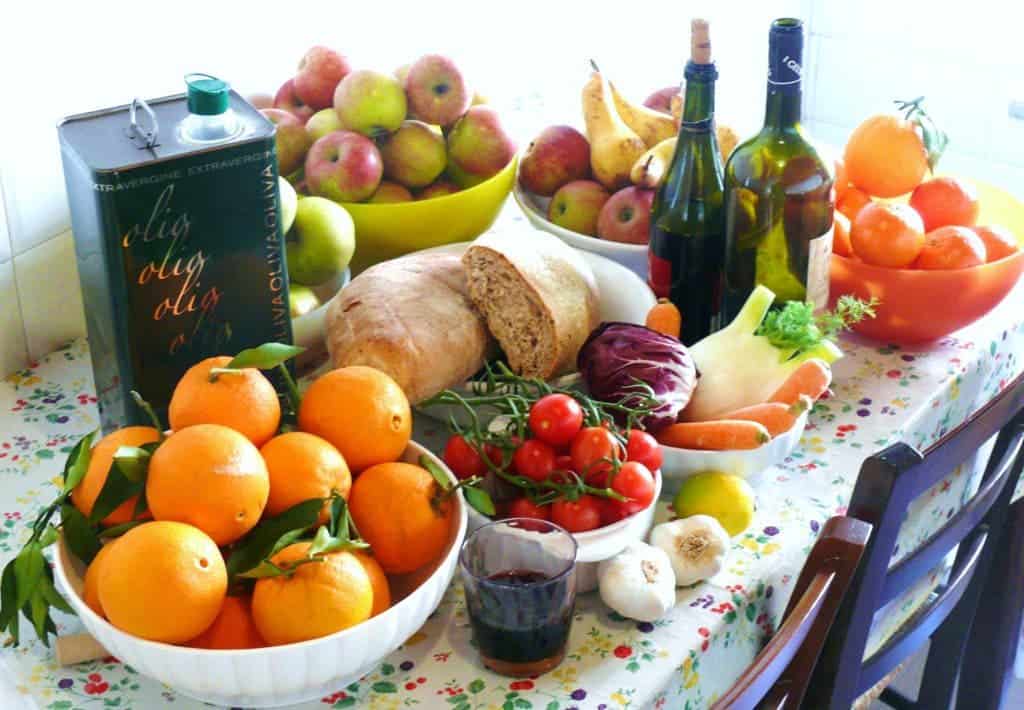If your New Year resolution was to lose weight, chances are that by now, you’ve already given up on your gym membership, your diet, and are just wishing the weight away.
The biggest problem people face when it comes to weight loss is sticking to their diet and exercise plan. So, if you have decided to give your diet another shot, here are some of the most popular 5 weight-loss diets and (more importantly) how easy or difficult they are to sustain.
1. DASH
Dietary Approaches to Stop Hypertension or DASH is a dietary plan to prevent — you’ve guessed it — hypertension. This diet was created by the US-based National Heart, Lung, and Blood Institute. The DASH diet emphasizes foods that are lower in sodium as well as foods that are rich in potassium, magnesium and calcium, all of which lower blood pressure.
What you can eat: This diet gives importance to whole foods such as fruits, vegetables, and grains. Additionally, you can eat low-fat or fat-free dairy products, poultry, beans, nuts, fish, and other fats that are healthy for the heart.
What you need to eliminate from your diet: Limit sodium-rich foods such as canned and salted nuts, canned fruits and vegetables, smoked or cured meat, processed cheese and sauces, salami, olives, pickles, and frozen dinners.
Difficulty level: Since the focus of this diet isn’t eliminating starchy food like bread, this diet is the easiest to sustain, and quite possibly the most rewarding, since it’s been medically proved. Also, since weight loss depends on how long you can stay disciplined, this is probably the most sustainable diet. You won’t lose weight overnight, but stick to it and you are sure to see results in a few months. Not to mention that you will also be working towards preventing hypertension or controlling it. So, win-win!
2. The Mediterranean Diet
Studies have shown that people around the Mediterranean Sea not only live longer than other people across the globe, but they also live healthier lives. This diet is not so much a diet as it is a lifestyle since meals are low in red meat and saturated fats. It also emphasizes enjoying your meals with your friends or family. The best part? A glass of wine with your meal is not frowned upon!
What you can eat: Fruits, vegetables, legumes, nuts, olive oil, and seafood rich in omega-3 fatty acids. In addition, you can also eat moderate amounts of cheese, eggs, poultry, yoghurt, and of course, a glass of red wine!
What you need to eliminate from your diet: Red-meat, sugary foods, deep fried foods, carbonated drinks, pastries, burgers, and most fast food.
Difficulty level: Yes, the Mediterranean people are living proof that the diet works. But you have to take into consideration the fact that other lifestyle factors such as weather and physical activity also play an important part.
That being said, it isn’t a strict meal plan. It’s more like principles to follow to stay healthy. So, it really is up to you to decide how much unhealthy food you want to cut back on. It all depends on you. So, that may make it slightly difficult to sustain, but not impossible.
3. The Flexitarian Diet
Flexitarians are flexible vegetarians — all you have to do is cut back on meat consumption. This doesn’t mean that you completely restrict it from your diet. It just means that you eat more vegetables and less meat. Another upside is that you also significantly reduce your impact on the environment.
What you can eat: Add more vegetables and plant-based foods to your diet. These can include beans, legumes, lentils, pulses, and fruits, among other things. You can also eat meat, but cut down on how often you eat meat. If that isn’t possible, then cut down on the portion sizes.
What you need to eliminate from your diet: The best part about the flexitarian diet is that you don’t have to give up on anything or restrict yourself. All you need to do is cut back on how often you eat meat. It is that simple.
Difficulty level: This is a simple diet. Actually, instead of thinking of it as a diet, you can just think of it as a way to eat healthier. This could be very difficult if you are used to eating meat and enjoy large servings of food. Otherwise, this one shouldn’t give you too many problems!
4. The Keto Diet
Short for Ketogenic, this diet was the top Googled diet in 2017 and is still going strong. This meal plan was originally created for children to help control epileptic seizures. Today, it is the diet to go to for fat loss, though there are recent studies suggesting that low-carb diets aren’t really healthy in the long run.
The main idea of this diet is eating foods that force your body to enter a state of ketosis. This means that your body starts burning fat instead of sugar for energy.
What you can eat: It recommends that fat should comprise at least 60% to 70% of your daily caloric intake. The twist is, this isn’t the fat you get from a great greasy slice of pizza, it’s the healthier kind or trans fats as they are called.
So, you can eat avocado, fish, nuts, egg yolks, olives, low-carb vegetables such as kale, broccoli, cauliflower, and greek yogurt.
What you need to eliminate from your diet: Alcohol, candy and chocolates, bread, rice, potatoes, pasta, starchy foods, and margarine.
Difficulty level: This is probably one of the most difficult diets to sustain because it is so restrictive of what you can and cannot eat. Moreover, it is extremely difficult to get used to it at first since your body needs to undergo a metabolic shift. So, you could end up experiencing dehydration and fatigue due to increased water loss (which is caused due to a reduced intake of carbs).
It is a proven way, however, to burn stubborn fat (looking at you stomach fat) and put on muscle. Once you reach your ideal body weight and want to get back to a normal diet, chances are that you will end up putting on weight if you are not careful. Other than water weight (that you will put on regardless of how strictly you stick to your diet plan), a safe way to get back on carbs is to reduce the amount you eat. Don’t overeat just because you can. It’s also a good idea to start with carbs that are unprocessed such as those found in whole grains and fruits rather than starting with a bowl of pasta (no matter how tempting it may be).
5. The Low-FODMAP Diet
A recent entry into the world of diets, this has been medically proven to improve digestive problems among people as well as reduce bloating.
If you are wondering what FODMAP means, then you aren’t alone. It is an acronym for fermentable oligosaccharides, disaccharides, monosaccharides, and polyols. These are basically simple and complex sugars that are found in certain foods and are poorly absorbed by the body.
Before you try this diet, though, you should consult a doctor or a dietician since the restrictive nature of this diet could lead to you missing out on some nutrients.
What you can eat: Lettuce, cucumber, broccoli, berries, grapes, kiwifruit, chicken, beef, cold cuts, lamb, seafood, peanuts, walnuts, brown rice, gluten-free bread, and popcorn.
What you need to eliminate from your diet: Mushrooms, onions, garlic, prunes, peaches, avocados, meat that is dipped in batter or deep fried, seafood that is dipped in batter or deep fried, almonds, cashews, pistachios, lentils, rye, muffins, and pasta.
Difficulty level: Well, if you thought that Keto was difficult to sustain, then this is even more so since it is extremely restrictive and as a result can be socially isolating. This diet is also not recommended for long-term use since it reduces good bacteria in the gut. So, while it does reduce bloating and is especially useful if you have symptoms of IBS (irritable bowel syndrome), you should consider this diet only if medically recommended.
Remember that when it comes to dieting and changing your eating habits, there are a number of options available. You need to find the one that suits you best and allows you to reach your health goal. So, if you aren’t someone who can stick to a diet that has too many restrictions or steps, then maybe you should try a simpler diet. It will take longer for the results to show, but there are more chances of you not falling off the wagon. Eating a healthy diet is often the right health insurance and can go a long way towards keeping you fit and happy.
Keep in mind that weight loss is a combination of the right type of diet and exercise. That being said, weight loss for cosmetic reasons shouldn’t be your goal. Being healthy should be the goal you work towards. When you make health your priority, everything else (weight loss included) falls into place.
So, if you started 2018 with the need to lose weight and haven’t been able to, don’t worry. Try changing your resolution to staying healthy and fit — you may just find it easier to sustain!






